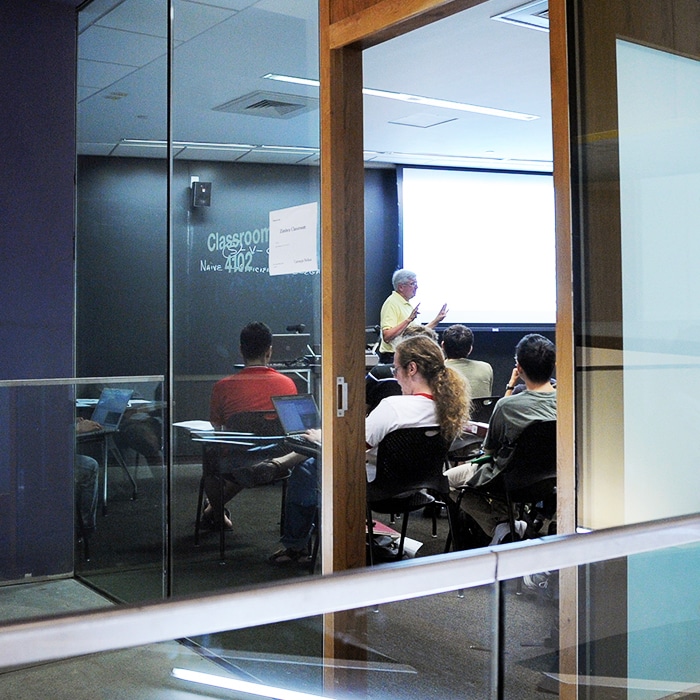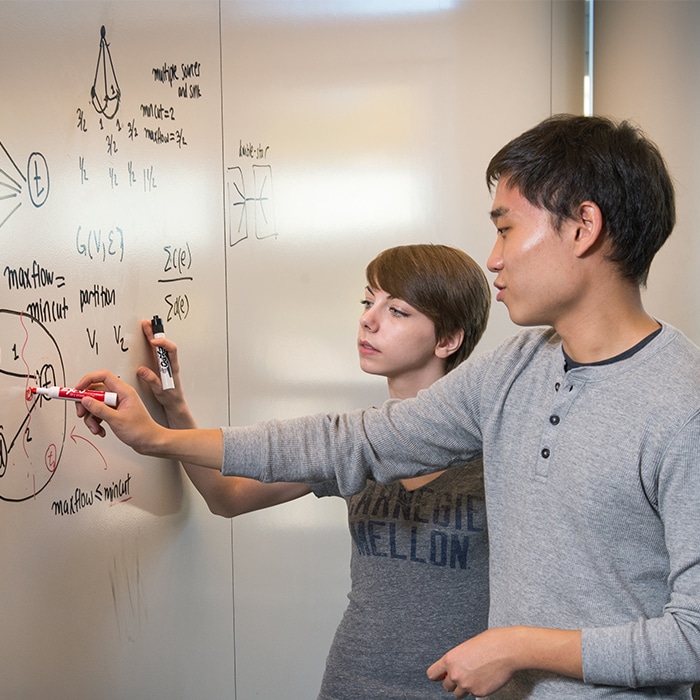Classroom Climate
Creating a Supportive Classroom Environment
“The first question is: Can learning take place if in fact it silences the voices of the people it is supposed to teach? And the answer is: Yes. People learn that they don’t count.”
--Henry Giroux, Border Crossings: Cultural Workers and the Politics of Education
- Acknowledge the event
- Make adjustments to mitigate student stress and distraction
- Universal Design for Learning
- Culturally Responsive Teaching
Why is Classroom Climate Important?
The teaching-learning process is an inherently social act, and as instructors we need to be mindful of the quality of the social and emotional dynamics in our course, because they impact learning and performance. In fact, a well-established body of research has documented the effects of a “chilly classroom climate” on some students (Hall, 1982).
Climate regulates the circulation and construction of knowledge. For instance, in an inclusive climate all students are more likely to volunteer different perspectives and thus enrich discussions; conversely, if some students or groups feel that their contributions are not as valued as those of others, they will withdraw from the conversation.
Climate engenders emotions that impact learning. In a productive class, the learning experience is characterized by excitement for discovery, joy, satisfaction and pride at one’s accomplishments. All these positive emotions have the effect of motivating students for further learning. Conversely, if the predominant emotions in a class are fear, shame or embarrassment for being wrong, or boredom and apathy about the content, these negative emotions will be highly demotivating to students (Ford, 1992).
Climate can channel energies away from learning or toward it. For instance, if gay or lesbian students feel it is not safe for them to be out in class, they tend to carefully monitor their participation for fear of inadvertently exposing themselves, limiting their engagement with the material. Conversely, in classes where they feel free to be themselves, they often capitalize on their personal experience of having challenged conventional assumptions by engaging with the material in creative ways (Renn, 1998).
Climate impacts student persistence. When the cumulative direct and indirect messages students perceive communicate that they are not as able as other students and don’t belong in the course, students are less likely to stay in the course, the major, and even in the university (Tinto, 1993).



